Hydroponics : How Soil-Free Farming Works and Why It’s a Game Changer
Hydroponics: What is it? How is it operated? How does conventional farming contrast with hydroponic farming?
This is often the reaction we receive when we inform people that we use hydroponics to raise our produce: "That sounds good. It seems like it could have something to do with healthy eating. How in the world is it?
We've put up a primer on the fundamentals of hydroponic gardening for all of the interested parties.
Describe hydroponics, please. In short, hydroponics is the practice of growing crops directly in nutrient-rich water by eliminating the need for soil and replacing it with another substance to nourish the roots of the plant. While hydroponic system design may take many different forms, the fundamental components are always the same.
What's required:
Clean water: We're talking about premium, pH-balanced, filtered stuff. The pH range of 6 to 6.5 is ideal for most plants. The hydroponic, hardware, and garden stores in your area have over-the-counter remedies that you may use to change the pH of your water.
air (oxygen). Don't submerge your plants! Roots may get the oxygen they need for respiration from soil air pockets while farming conventionally. Depending on your hydroponic system, you will either need to add an air pump or purchase an air stone in order to oxygenate your container—imagine bubbles in a fish tank. Alternatively, you will need to allow space between the base of your plant and the water reservoir.
Root Assistance: The roots of your plant still need a little bit to cling to, even if you do not need soil. Rockwool, peat moss, coconut fiber, perlite, and vermiculite are typical ingredients. Steer clear of materials that don't hold moisture (gravel) or that may compress (sand).
The elements: For your plant to be healthy and prolific, it will need an abundance of magnesium, phosphorus, calcium, and other minerals; this is similar to how plants that grow in the ground require good soil and fertilizer. This "plant food" has to be added to the water your plants are receiving while growing them without soil. It's simple to purchase mixes online and in shops, even if you can theoretically manufacture your own nutritional solution.
luminosity. You may need to make an investment in specialized lighting if you're growing plants inside. Every kind of plant has a particular demand for both the quantity and positioning of light (also known as the Daily Light Integral, or DLI).
The five basic components of any hydroponic system are those mentioned above, while there are more factors to take into account as your hydroponic farm becomes more sophisticated (such as CO2 supplementation).
Explore the benefits of hydroponics, from water conservation to faster plant growth in a soil-free environment from Farmersrathna Agri-news
By keeping an eye on and modifying these crucial factors, you might start to figure out just what your plants want to flourish and then recreate those circumstances for each subsequent develop.
How Come Soil Is Necessary for Growth?
Growers can now produce food anywhere in the globe at any time of year and achieve greater yields while using less resources because of this apparently little change in how we create food—skipping the soil, that is.
Develop Anywhere Indeed. You go, climate change. Right now, as temperatures rise and fall, growing seasons and areas are seeing significant upheaval. There are several locations, even under "normal" circumstances, where the terrain just isn't suitable for farming (deserts, concrete jungles, etc.).
Nowadays, the majority of veggies you see in stores have been transported from a distance and have lost some of their nutritious content.
Compared to conventional soil-based systems, Vertical Roots' solutions use up to 98 percent less water.Some "resources" that indoor hydroponic plants do not require? Since hydro crops are shielded from many of the pests and plant illnesses prevalent outside in soil-based farms, pesticides and other potentially damaging chemicals are not an issue.
Discover the revolutionary world of hydroponics: soil-free farming that maximizes crop yield from Farmersrathna Agri-news
Simple Problem Solving
How often have you seen one of your plants flourishing while the one next to it is withering as you strolled outside to your garden? It's almost hard to determine which factor is harming your poor plant in such a scenario. Does it include any pests? Are the nutrients in the soil there different? Has your dog turned this plant into a toilet?
When using a hydroponic system, you can be certain of the growing environment your plants are in. As a result, it's simple to explore and isolate factors! You can duplicate success without always being struck with curveballs if you discover the ideal combination of light, pH balance, and nutrients.
-logo.webp.png)
.jpg)
-logo.webp.png)
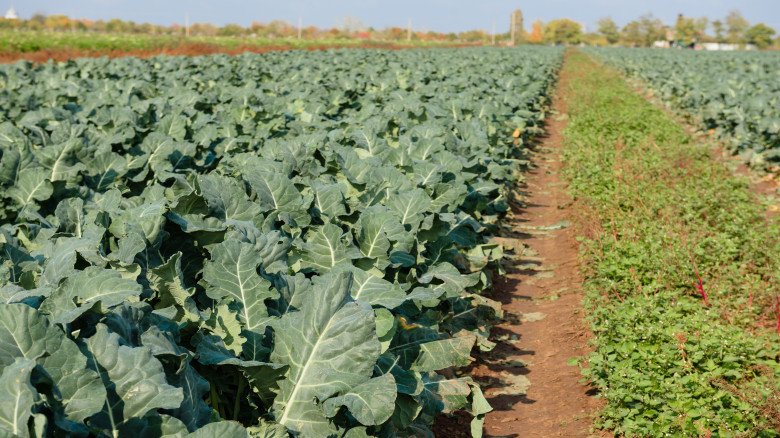


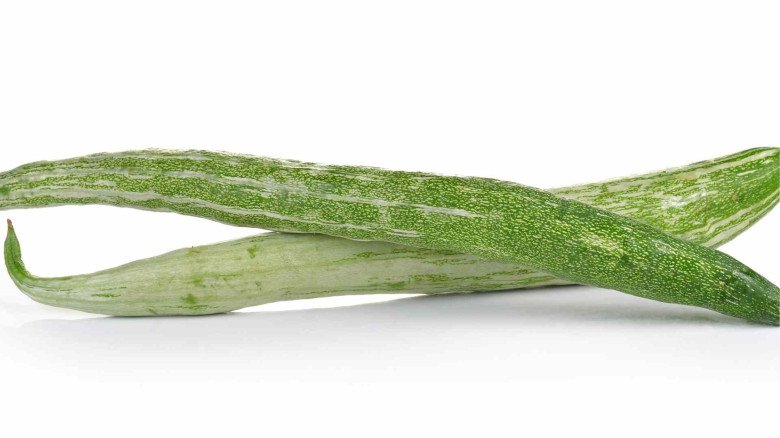

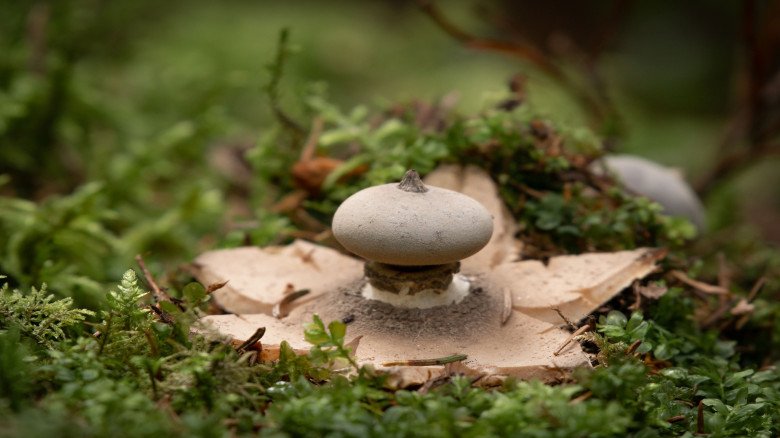

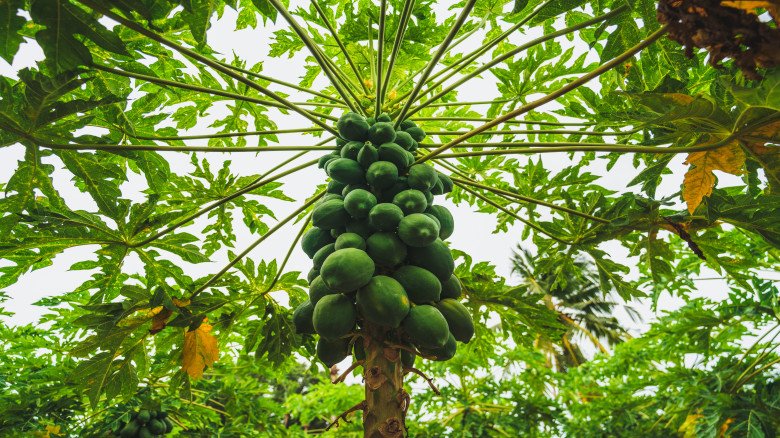
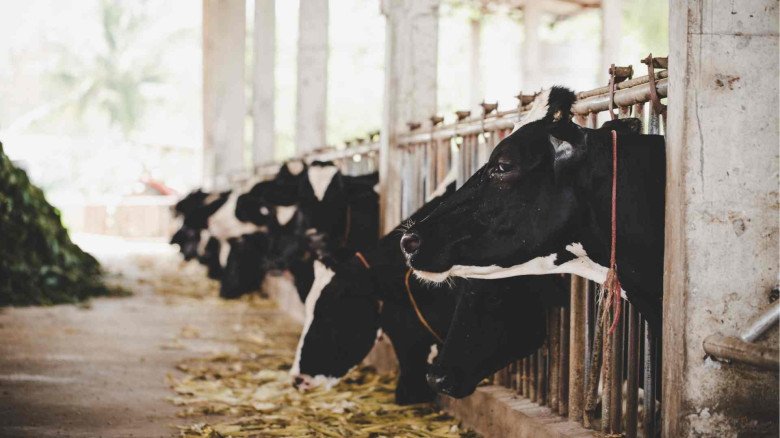
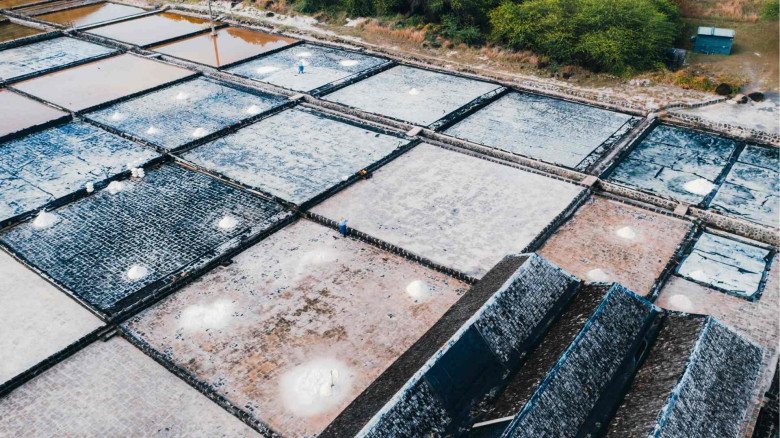
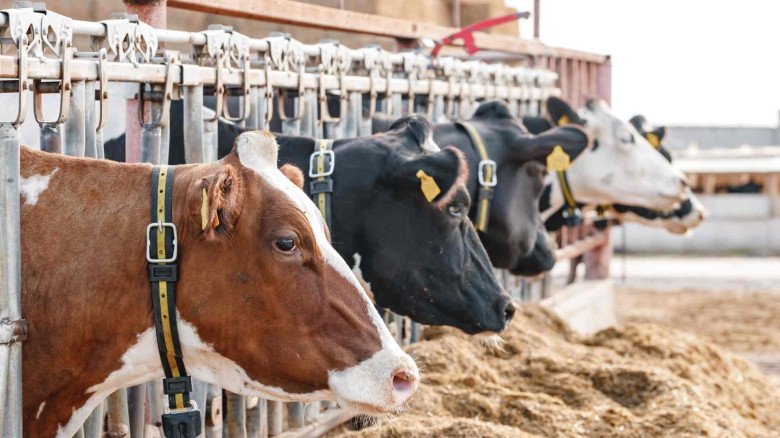
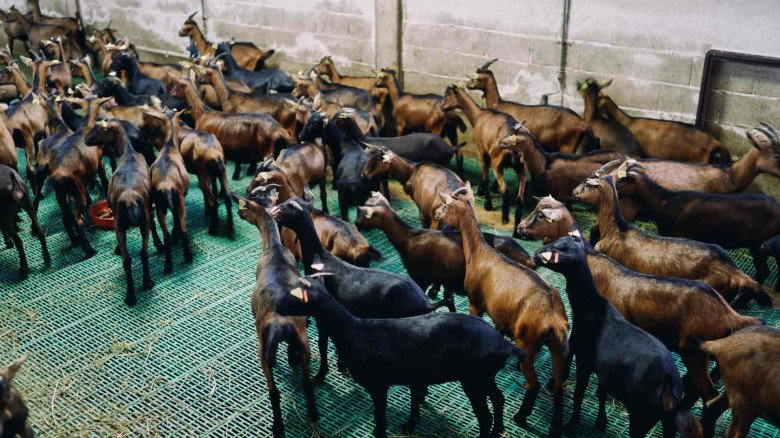
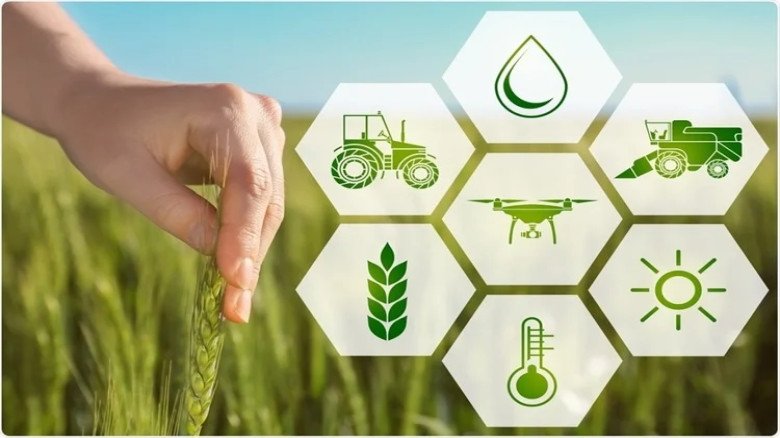
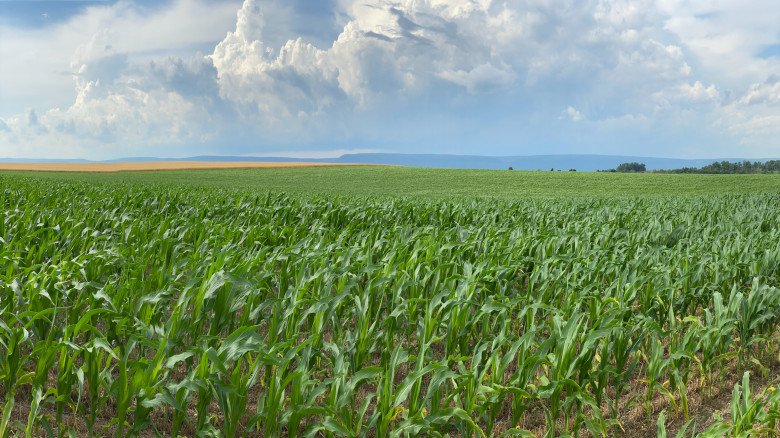
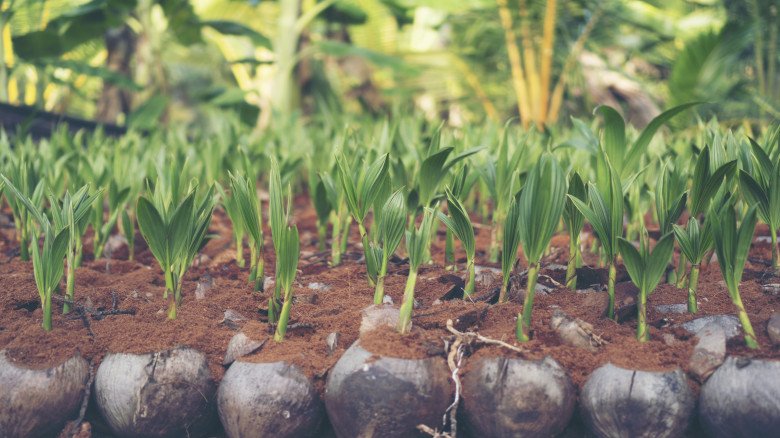
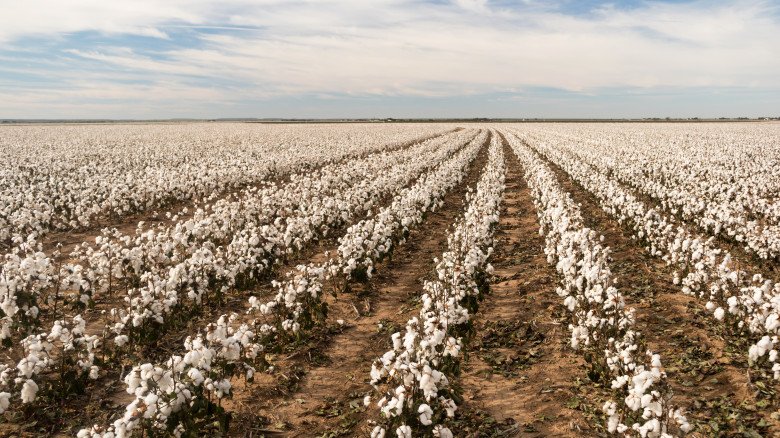

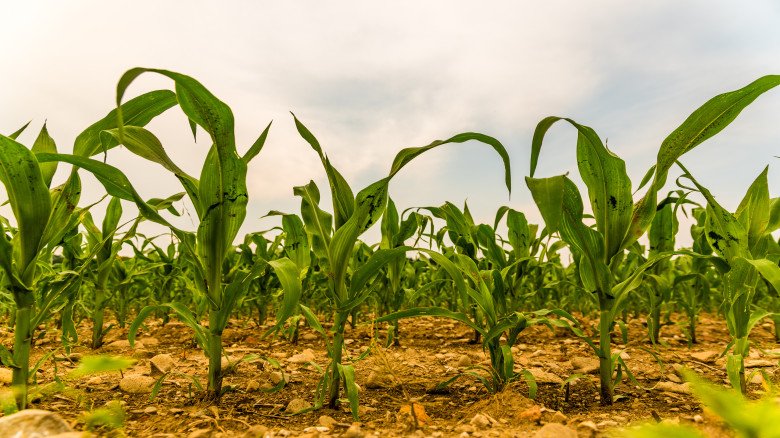
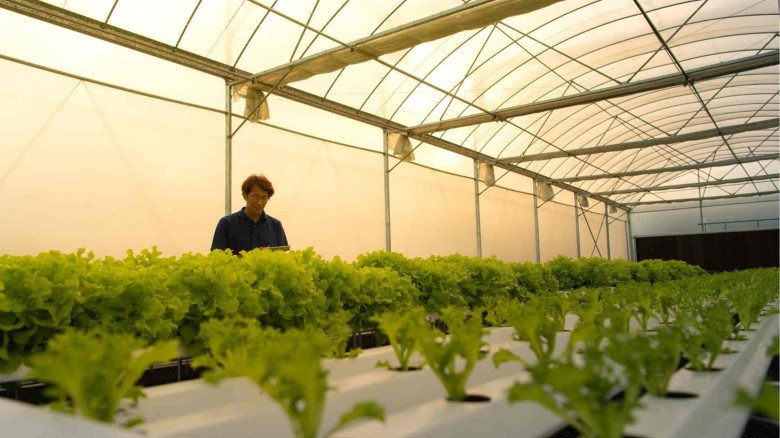

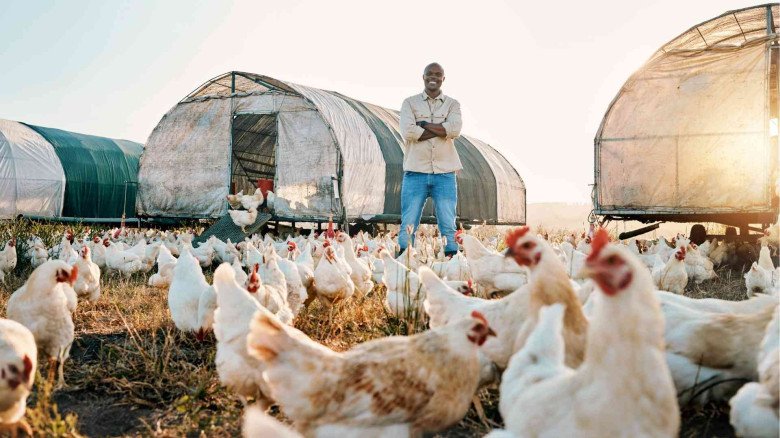

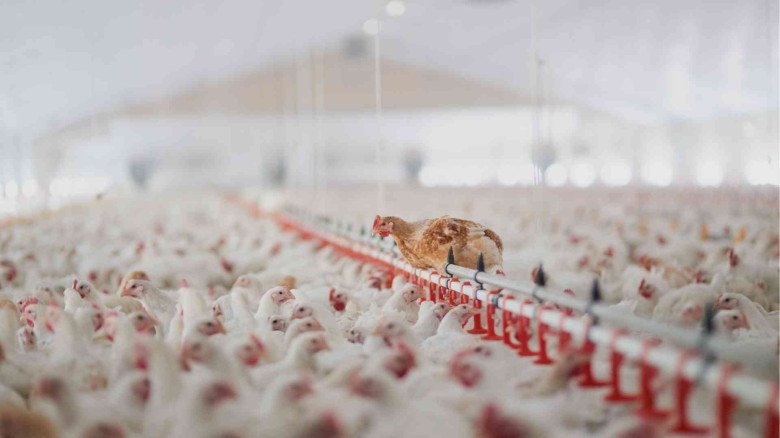
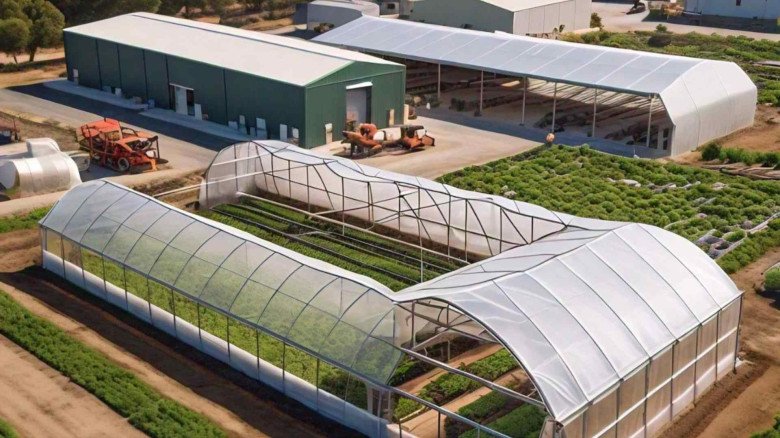

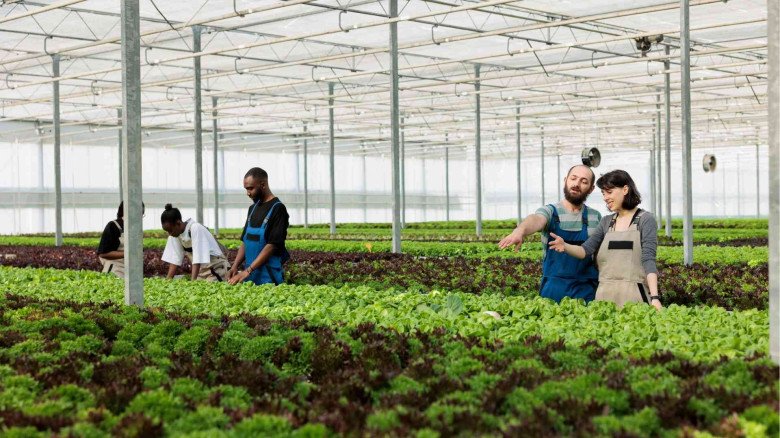
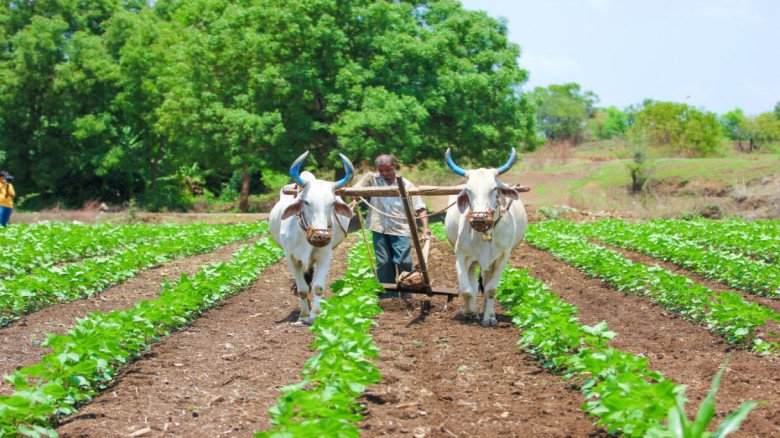
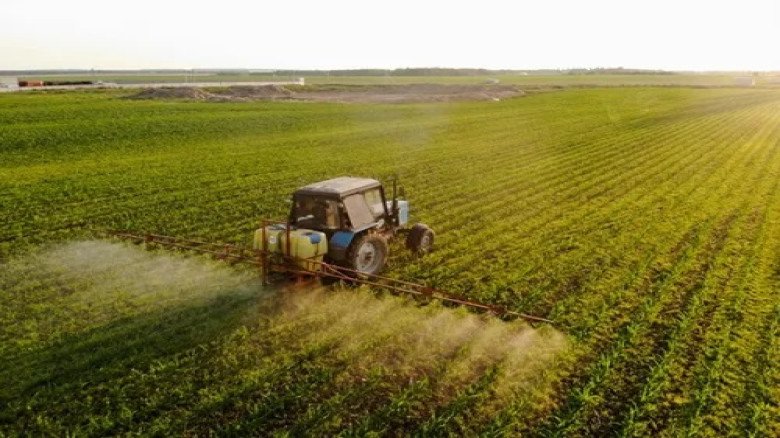
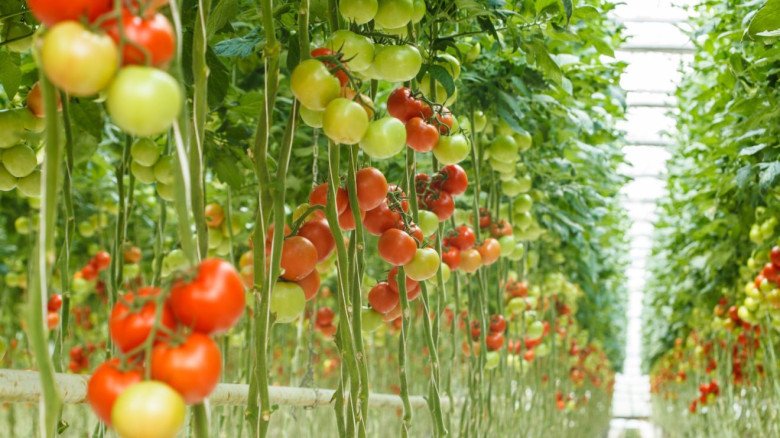

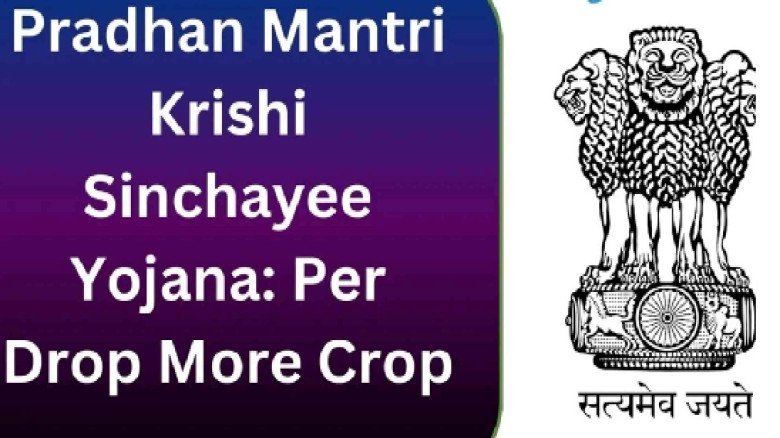


Leave A Comment